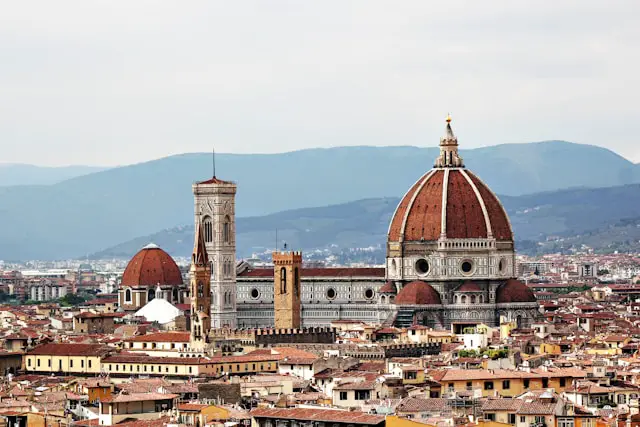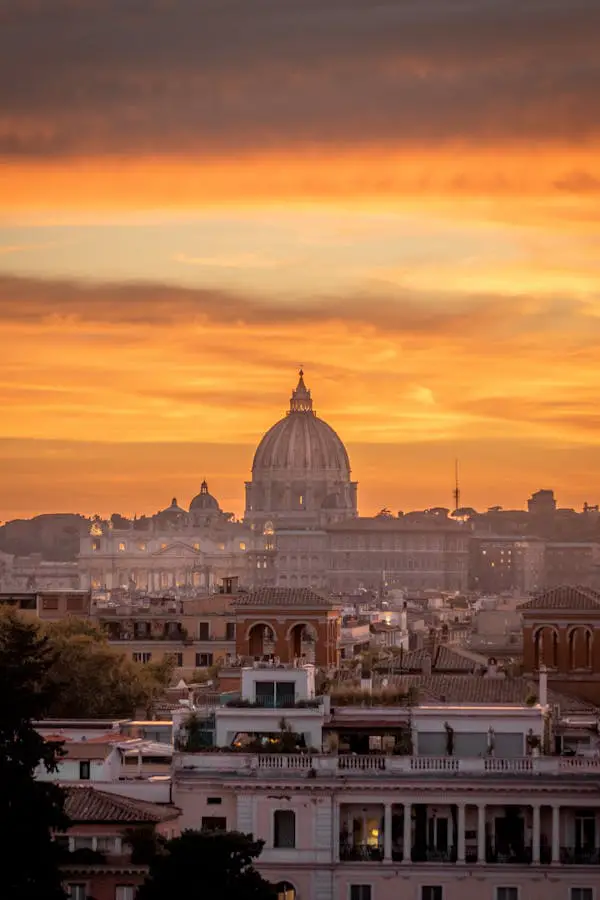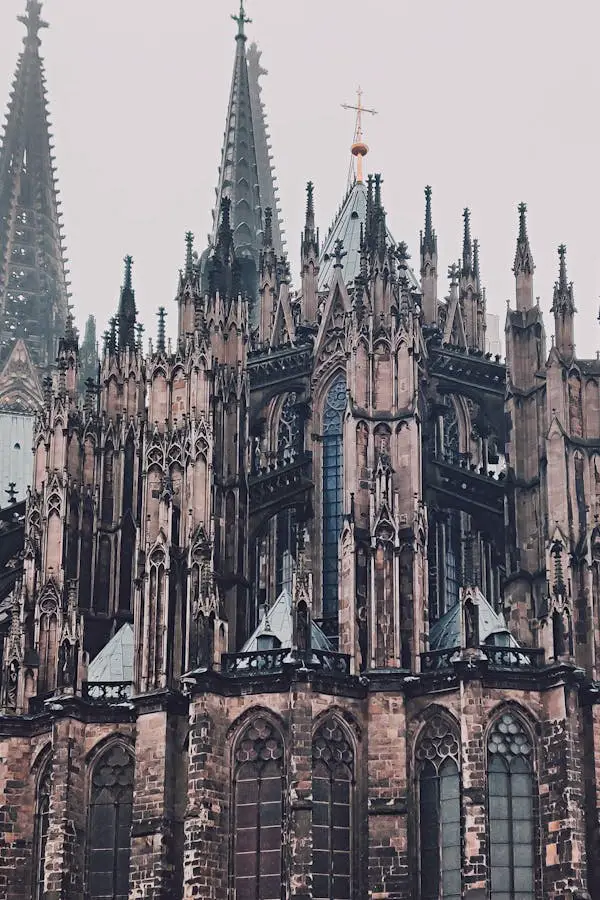
Architecture is a reflection of the culture and values of a society.
Two of the most iconic architectural styles in history are Renaissance and Gothic.
In this blog post, we’ll explore the key characteristics, iconic examples, and emotional impact of both styles.
We’ll also compare and contrast the two styles to help you understand the differences and similarities between them.
Renaissance Architecture
The 15th-century birthplace of Renaissance architecture was Italy, and its influence gracefully traversed across Europe in the 16th century.
This period was marked by a profound cultural and intellectual revival, and the architectural styles of the time vividly mirrored this renaissance of thought and creativity.

- Read also:
- Read also:
Key characteristics
Symmetry and proportion
Renaissance architects were meticulous in their pursuit of harmony and balance.
They embraced mathematical ratios and proportions, using them as guiding principles in crafting designs that were aesthetically pleasing and well-balanced.
Classical elements
Drawing inspiration from the grandeur of ancient Greek and Roman architecture, Renaissance architects integrated classical elements into their designs.
Columns, pediments, and domes were revived and incorporated, creating a sense of continuity with the classical past.
Emphasis on the human scale
In a deliberate move towards creating a more intimate and comfortable environment, Renaissance architects focused on proportions aligned with the human body.
This emphasis on the human scale not only contributed to a sense of intimacy but also enhanced the overall experience of the structures.
Iconic examples
- Florence Cathedral: The Florence Cathedral, a magnificent testament to Renaissance architecture. Its dome, designed by Filippo Brunelleschi.
- St. Peter’s Basilica: Designed by renowned architects including Michelangelo and Donato Bramante, it embodies the grandeur and classicism characteristic of the period.
- Palazzo Medici Riccardi: This palace in Florence, designed by Michelozzo di Bartolomeo, stands as a prime example of Renaissance domestic architecture.
Emotional impact
Renaissance architecture is celebrated for its emotional resonance, often described as harmonious, elegant, and celebratory.
The careful consideration of symmetry, classical elements, and the human scale contributes to an architectural style that not only appeals to the intellect but also evokes a sense of beauty and grandeur.
Gothic Architecture
Originating in 12th-century France and later spreading across Europe in the 13th and 14th centuries, Gothic architecture emerged during a period marked by intense religious fervor.
The architectural styles of the time bore witness to the deep spiritual and cultural currents that defined this era.

Key characteristics
Soaring arches and ribbed vaults
One of the defining features of Gothic architecture is the use of soaring pointed arches and ribbed vaults.
Architects sought to create a sense of height and verticality, inviting worshippers to look upwards, emphasizing the connection between earthly and divine realms.
Stained glass windows
Gothic architects ingeniously incorporated stained glass windows into their designs, transforming the interiors of their structures.
These windows served not only to illuminate the space but also to infuse it with a sense of lightness and spirituality, casting vibrant hues across the interiors.
Gargoyles and flying buttresses
To add drama and interest to their designs, Gothic architects introduced decorative elements such as gargoyles and flying buttresses.
Gargoyles, often sculpted as grotesque figures, adorned the exteriors, while flying buttresses provided structural support, allowing for the creation of expansive, awe-inspiring interiors.
Iconic examples
- Notre Dame Cathedral: Its intricate facade, adorned with sculptures and gargoyles, and the use of pointed arches showcase the grandeur of the style.
- Cologne Cathedral: It’s monumental twin spires, ribbed vaults, and intricate tracery in the windows contribute to its status as a hallmark of Gothic architecture.
- Westminster Abbey: In London, Westminster Abbey stands as a testament to Gothic architectural brilliance.
Emotional impact
Gothic architecture leaves an indelible emotional impact, often described as awe-inspiring, spiritual, and dramatic.
The deliberate use of architectural elements aimed at elevating the viewer’s gaze and creating a sense of divine connection contributes to an atmosphere that transcends the material, inviting contemplation and reflection.

Key Differences: Renaissance vs. Gothic Architecture
To better understand the differences between Renaissance and Gothic architecture, let’s compare them head-to-head:
| Feature | Renaissance Architecture |
Gothic Architecture
|
| Use of light | Emphasizes natural light and symmetry |
Emphasizes stained glass windows and dramatic lighting
|
| Symbolism | Uses classical elements to convey meaning |
Uses decorative elements such as gargoyles to convey meaning
|
| Attention to detail | Emphasizes proportion and balance |
Emphasizes height and verticality
|
- Read also:
- Read also:
Conclusion
Both Renaissance and Gothic architecture are renowned styles that have significantly influenced the architectural landscape.
While Renaissance architecture prioritizes symmetry, proportion, and classical elements, Gothic architecture focuses on height, drama, and spirituality.
By grasping the fundamental traits and emotional resonance of each style, one can gain a deeper appreciation for the intricacy and allure of these architectural wonders.
FAQs
While both styles emerged during the same period, Baroque architecture is characterized by its ornate decoration, dramatic lighting, and use of illusionistic effects.
One of the most famous examples of Renaissance architecture is St. Peter’s Basilica in Rome, designed by Michelangelo and other prominent Renaissance architects.
One of the most famous examples of Gothic architecture is Notre Dame Cathedral in Paris, which was severely damaged in a fire in 2019.
Renaissance architecture is often described as harmonious, elegant, and celebratory, evoking a sense of joy and optimism.
Gothic architecture is often described as awe-inspiring, spiritual, and dramatic, evoking a sense of wonder and reverence.



